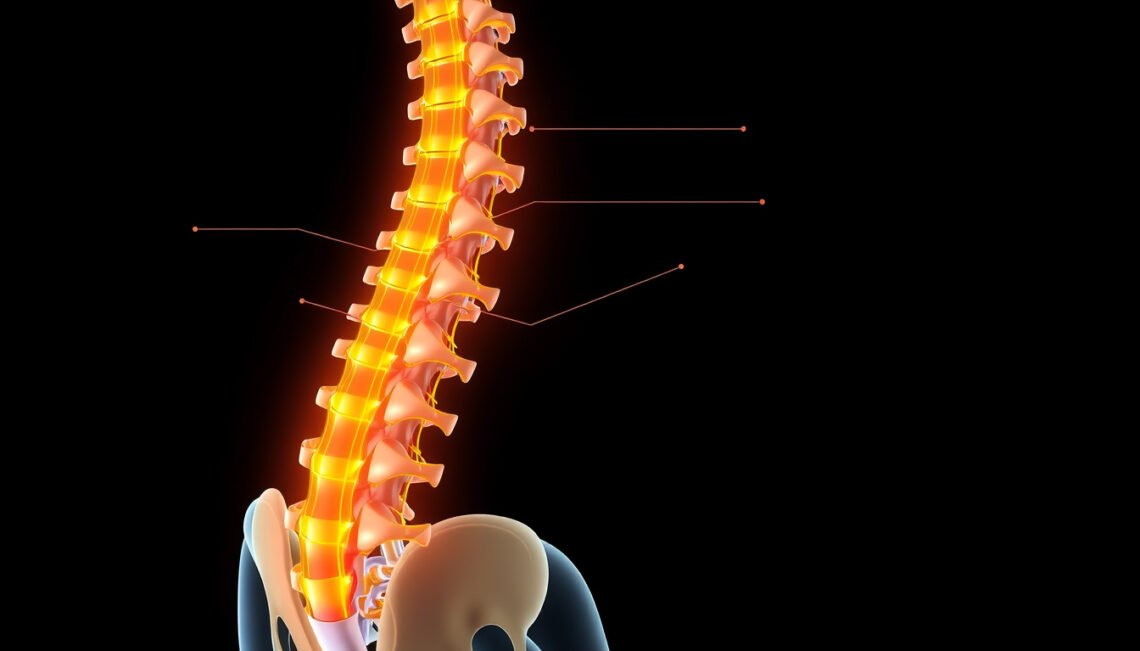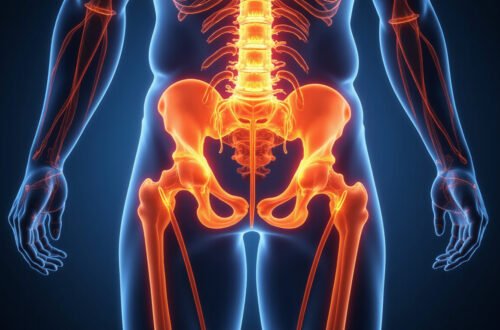Sciatic nerve pain causes are a common source of discomfort for millions worldwide, often leading to significant disruptions in daily life. Understanding the root causes of this pain is essential for effective treatment and prevention. Sciatic nerve pain, commonly referred to as sciatica, typically manifests as sharp, shooting pain radiating from the lower back down through the legs. This article will explore the primary sciatic nerve pain causes and provide practical strategies to relieve and manage the symptoms effectively.
Understanding Sciatic Nerve Pain
Before diving into the causes, it’s important to understand what sciatic nerve pain entails. The sciatic nerve is the longest and widest single nerve in the body, running from the lower spine down to the feet. When this nerve is irritated or compressed, it can cause pain, numbness, or tingling sensations in the lower back, buttocks, and legs.
Sciatic nerve pain causes can vary significantly, ranging from minor muscle strain to serious spinal conditions. Identifying the underlying cause is crucial because the treatment approach depends largely on the origin of the nerve irritation.
Common Sciatic Nerve Pain Causes
Several factors may contribute to sciatic nerve pain, each affecting the nerve in different ways. Below are the most frequent culprits:
1. Herniated or Bulging Discs
One of the leading sciatic nerve pain causes is a herniated or bulging disc in the lumbar spine. Intervertebral discs act as cushions between the vertebrae, and when these discs rupture or extrude, they can press against the sciatic nerve roots, causing intense pain.
2. Spinal Stenosis
Spinal stenosis is the narrowing of the spinal canal, which can lead to pressure on the spinal cord or nerve roots, including the sciatic nerve. This narrowing is often age-related and can intensify sciatic symptoms.
3. Piriformis Syndrome
The piriformis muscle, located in the buttocks, can sometimes irritate or compress the sciatic nerve if it becomes tight or spasms. This condition, known as piriformis syndrome, mimics many symptoms of sciatica and is often overlooked.

4. Degenerative Disc Disease
With age or injury, the discs between the vertebrae can degenerate, losing cushioning ability and height. This degeneration can cause the vertebrae to compress nerve roots, leading to sciatic nerve pain.
5. Spondylolisthesis
This condition occurs when one vertebra slips forward over another, potentially pinching the sciatic nerve root. It can result from trauma, stress fractures, or congenital deformation.
6. Trauma or Injury
Direct injury to the lower back or pelvis from accidents, falls, or sports activities can cause inflammation or damage to the sciatic nerve, leading to pain.
7. Tumors or Infections (Rare Causes)
Though less common, tumors or infections in the lumbar spine region can also exert pressure on the sciatic nerve. These require urgent medical attention.
How to Effectively Relieve Sciatic Nerve Pain
Treatment for sciatic nerve pain varies based on cause and severity but generally falls into conservative measures that reduce inflammation and relieve nerve pressure.
1. Physical Therapy and Exercise
Engaging in targeted stretches and strengthening exercises can help alleviate pressure on the sciatic nerve. Physical therapy often focuses on improving posture, flexibility, and core strength.
2. Pain Medication
Over-the-counter nonsteroidal anti-inflammatory drugs (NSAIDs), such as ibuprofen, can reduce inflammation and pain. In more severe cases, doctors may prescribe muscle relaxants or corticosteroids.
3. Heat and Cold Therapy
Applying ice packs during acute flare-ups can reduce inflammation, while heat therapy can relax tight muscles and improve blood flow during recovery phases.
4. Lifestyle Modifications
Maintaining a healthy weight, practicing proper lifting techniques, and avoiding prolonged sitting can prevent lumbar stress and reduce sciatic pain recurrence.
5. Alternative Therapies
Acupuncture, chiropractic adjustments, and massage therapy might provide additional relief for certain people with chronic sciatica symptoms.
6. Surgical Options
When conservative treatments fail, surgical intervention, such as discectomy or spinal decompression, might be necessary to relieve nerve pressure caused by herniated discs or bone spurs.
A Simple Sciatic Pain Relief Routine
Here is a quick bulleted list of daily practices to help ease sciatic nerve pain:
- Perform gentle hamstring and lower back stretches for 10-15 minutes daily.
- Use ice packs on the lower back for 15 minutes during peak pain episodes.
- Apply heat packs once inflammation reduces to loosen muscles.
- Maintain good posture while sitting and standing.
- Avoid heavy lifting or sudden twisting movements.
- Walk or engage in low-impact cardio exercises regularly.
Frequently Asked Questions (FAQs)
Q1: What are the most common sciatic nerve pain causes in younger adults?
A1: In younger adults, herniated discs and traumatic injuries tend to be the primary causes of sciatic nerve pain. Engaging in sports or physically demanding activities increases the risk.
Q2: Can sciatic nerve pain causes be prevented?
A2: While not all causes can be prevented, many cases can be minimized with regular exercise, maintaining proper posture, avoiding prolonged sitting, and using correct lifting techniques.
Q3: How do you differentiate between sciatic nerve pain causes and general back pain?
A3: Sciatic nerve pain typically radiates from the lower back down one leg, often accompanied by tingling or numbness. General back pain is usually localized without radiating symptoms. Diagnostic imaging can help distinguish causes (source: Mayo Clinic).
Conclusion: Take Control of Your Sciatic Nerve Pain Today
Sciatic nerve pain causes are diverse, but identifying the root cause is the first step toward effective relief. Whether the source is a herniated disc, muscle tightness, or spinal degeneration, there are proven methods to reduce pain and improve mobility. Incorporate regular stretching, maintain a healthy lifestyle, and seek professional guidance for persistent symptoms. Don’t let sciatic nerve pain control your life—take proactive steps to restore your comfort and well-being today! For personalized advice and treatment options, consult with your healthcare provider and develop a tailored management plan that fits your needs.






